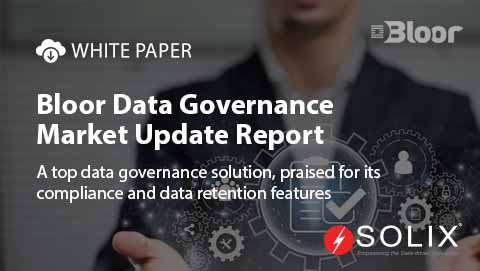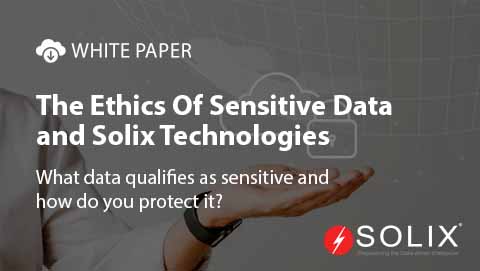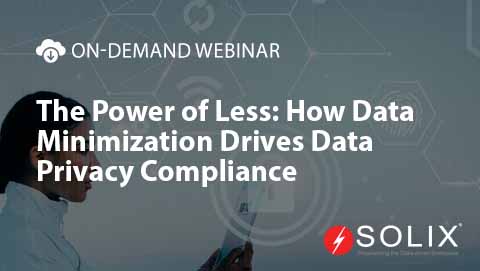Data Mesh Vs Data Fabric
What is Data Mesh Vs Data Fabric and why does it matter? In the world of data management, two buzzwords have been gaining popularity in recent years: data mesh and data fabric. But what do they mean, and why are they so important? Data mesh and data fabric are two distinct approaches to managing and integrating large amounts of data across an organization. At its core, data mesh is a decentralized model of data management, where data is treated as a product and managed through a network of independent data nodes. On the other hand, data fabric is a centralized approach, where data is managed through a single, unified platform.
While both approaches have their merits, the key difference lies in their scalability and agility. Data mesh allows for greater flexibility and autonomy, enabling teams to work independently and make decisions without needing to go through a central authority. Data fabric, on the other hand, provides a more streamlined and controlled environment, where data is integrated and standardized across the organization.
A real-world scenario: Transforming Data Mesh Vs Data Fabric for success. Imagine for a second your in a scenario where a large corporation like Acme Corporation has acquired several smaller companies over the years, each with their own data management systems and processes. As a result, the company is now faced with a vast amount of data scattered across different systems, each with its own set of challenges and inefficiencies. This is where data mesh and data fabric come in.
By implementing a data mesh approach, Acme Corporation can decentralize its data management, allowing each business unit to work independently and make decisions without requiring approval from a central authority. This not only increases agility and decision-making speed but also enables teams to work more efficiently and effectively.
However, as the company continues to grow and expand, a centralized data fabric approach can be implemented to ensure that data is integrated and standardized across the organization. This enables Acme Corporation to provide a unified view of its data, making it easier to analyze and make informed business decisions.
How Solix saves money and time on Data Mesh Vs Data Fabric. At Solix, we understand the challenges of implementing data mesh and data fabric approaches. That’s why we’ve developed a suite of solutions designed to help companies like Acme Corporation optimize their data management and integration. Our solutions enable companies to:
- Streamline data integration: By providing a unified platform for data integration, Solix eliminates the need for multiple data management systems, reducing complexity and increasing efficiency.
- Improve data governance: Solix’s data governance solutions ensure that data is accurate, complete, and secure, reducing the risk of data breaches and non-compliance.
- Enhance data analytics: Solix’s data analytics solutions provide real-time insights and analysis, enabling companies to make data-driven decisions and drive business success.
By leveraging Solix’s solutions, companies like Acme Corporation can reap the benefits of data mesh and data fabric without the need for significant investment in new technology or infrastructure.
Are you ready to win $100? Take a chance to win $100! Simply enter your email address on the right-hand side of this page, and you could be one of the lucky winners.
About the author: Sandeep, a seasoned professional in the field of AI and machine learning, has written extensively on topics such as Data Mesh Vs Data Fabric. When not writing, Sandeep can be found writing his own novel, playing video games, or cheering on his favorite hockey team, the Florida Panthers.
DISCLAIMER: THE CONTENT, VIEWS, AND OPINIONS EXPRESSED IN THIS BLOG ARE SOLELY THOSE OF THE AUTHOR(S) AND DO NOT REFLECT THE OFFICIAL POLICY OR POSITION OF SOLIX TECHNOLOGIES, INC., ITS AFFILIATES, OR PARTNERS. THIS BLOG IS OPERATED INDEPENDENTLY AND IS NOT REVIEWED OR ENDORSED BY SOLIX TECHNOLOGIES, INC. IN AN OFFICIAL CAPACITY. ALL THIRD-PARTY TRADEMARKS, LOGOS, AND COPYRIGHTED MATERIALS REFERENCED HEREIN ARE THE PROPERTY OF THEIR RESPECTIVE OWNERS. ANY USE IS STRICTLY FOR IDENTIFICATION, COMMENTARY, OR EDUCATIONAL PURPOSES UNDER THE DOCTRINE OF FAIR USE (U.S. COPYRIGHT ACT § 107 AND INTERNATIONAL EQUIVALENTS). NO SPONSORSHIP, ENDORSEMENT, OR AFFILIATION WITH SOLIX TECHNOLOGIES, INC. IS IMPLIED. CONTENT IS PROVIDED "AS-IS" WITHOUT WARRANTIES OF ACCURACY, COMPLETENESS, OR FITNESS FOR ANY PURPOSE. SOLIX TECHNOLOGIES, INC. DISCLAIMS ALL LIABILITY FOR ACTIONS TAKEN BASED ON THIS MATERIAL. READERS ASSUME FULL RESPONSIBILITY FOR THEIR USE OF THIS INFORMATION. SOLIX RESPECTS INTELLECTUAL PROPERTY RIGHTS. TO SUBMIT A DMCA TAKEDOWN REQUEST, EMAIL INFO@SOLIX.COM WITH: (1) IDENTIFICATION OF THE WORK, (2) THE INFRINGING MATERIAL’S URL, (3) YOUR CONTACT DETAILS, AND (4) A STATEMENT OF GOOD FAITH. VALID CLAIMS WILL RECEIVE PROMPT ATTENTION. BY ACCESSING THIS BLOG, YOU AGREE TO THIS DISCLAIMER AND OUR TERMS OF USE. THIS AGREEMENT IS GOVERNED BY THE LAWS OF CALIFORNIA.
-

-

-
 On-Demand Webinar
On-Demand WebinarThe Power of Less: How Data Minimization Drives Data Privacy Compliance
Watch On-Demand Webinar
